Five Top Factors in Tech Firm Location Choices
Location, location, location… these five site selection factors always come to the forefront for tech firms of all shapes and sizes.
By Brian Houchins, Vice President, JLL
 What’s the next expansion market for your tech company? The answer isn’t as simple – or as complicated – as many leaders believe. But it is a question on the minds of leaders in an increasing number of rapid-growth tech companies. In fact, tech firms are consistently driving the most leasing activity across the country—more than any other industry. In the past two years, nearly 25 percent of all leases over 20,000 square feet have been driven by technology companies.
What’s the next expansion market for your tech company? The answer isn’t as simple – or as complicated – as many leaders believe. But it is a question on the minds of leaders in an increasing number of rapid-growth tech companies. In fact, tech firms are consistently driving the most leasing activity across the country—more than any other industry. In the past two years, nearly 25 percent of all leases over 20,000 square feet have been driven by technology companies.
Because of this, the industry has quickly become an engine of economic growth in cities nationwide. Technology companies are widely viewed as coveted tenants and cities commonly share the belief that the greater the exposure to the tech industry, the greater the success of a local economy.
From San Francisco and Boise to Orlando and Charlotte, there’s no question that the tech industry is planting roots across the country. However, no two markets are alike and nowhere is this more apparent than where tech companies choose to locate. Choosing where to base a headquarters office, or even a regional outpost office, is an increasingly complex task and different types of tech companies will have different needs.
Be it an established company or a growing startup, tech firms consistently rely on the following five factors to quantify the best prospects when considering their next office location:
- Access to talent pools
Tech firms recognize that hiring and retaining the best minds in the business is key to their success. Thus location population skill and education levels are key advantages affecting location choice. By the same token, the location of the office where talented employees will spend much of their working life is critical. Grade A buildings with high quality amenities are one way e-commerce, fintech and social media firms are creating attractive workplaces to draw in the highly skilled workers they need.
- Supportive government policy
Subsidies such as tax breaks and loans play a significant role, especially for those in the fintech or insurtech sectors where a government boost could accelerate developments locally. Hardware designers would also find economic government support helpful in R&D stages.
San Francisco and New York City are two such markets that use economic development incentives to attract and retain tech firms. While policy itself may not be enough, when other pieces of the puzzle are in place, it can have a substantial impact on location choice.
- Cost of rent
Tech firms are known to be relatively cost-sensitive tenants, and often employ a large number of employees. For this reason, many seek out lower rent space in more affordable areas, particularly rapidly growing technology start-ups that need room for expansion. Those specializing in e-commerce and social media are sensitive to rent as profit margins are thin and time is needed to build up a user-base.
However, it is important to note that technology companies are oftentimes more than willing to pay a premium for a location that will help with employee attraction and retention, as well as one in which the strength of the tech ecosystem creates a more resilient marketplace for the future. In the tech industry’s premier location, Menlo Park, CA, the average rental rate of $102.16 per square foot is nearly 220 percent above the U.S. average of $32.03 per square foot.
- Access to customers
Market size of customers does matter. Many tech firms choose to locate themselves in markets with large populations such Los Angeles and New York. In particular, locations with a larger market size are important to tech firms in the sharing economy.
- Good connections
Hyper-connectivity is essential for most tech firms relying on smart phone and internet penetration to power their businesses. Both a city’s accessibility to data centers and a solid physical infrastructure are key components in the creation of tech hubs with good proximity to amenities such as hotels, food and beverage outlets and transport links, and in attracting top talent.

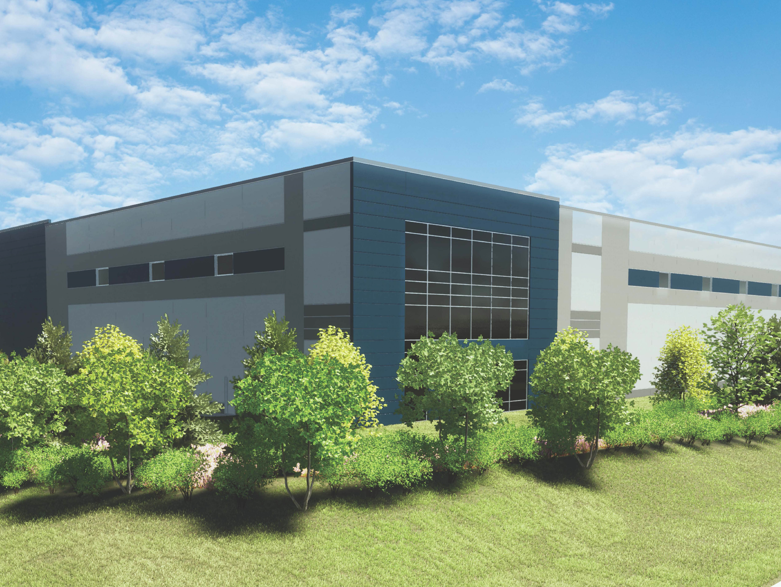
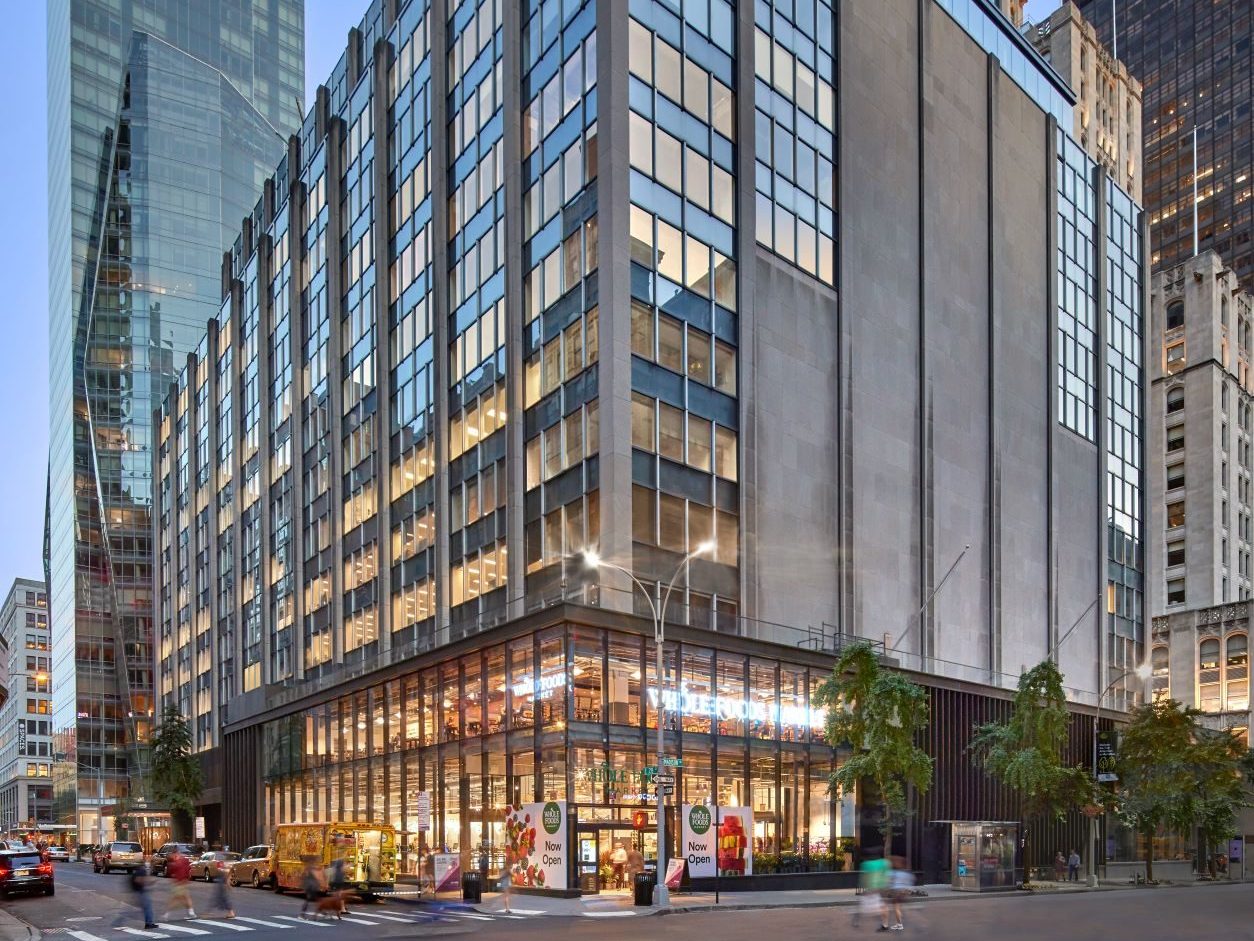
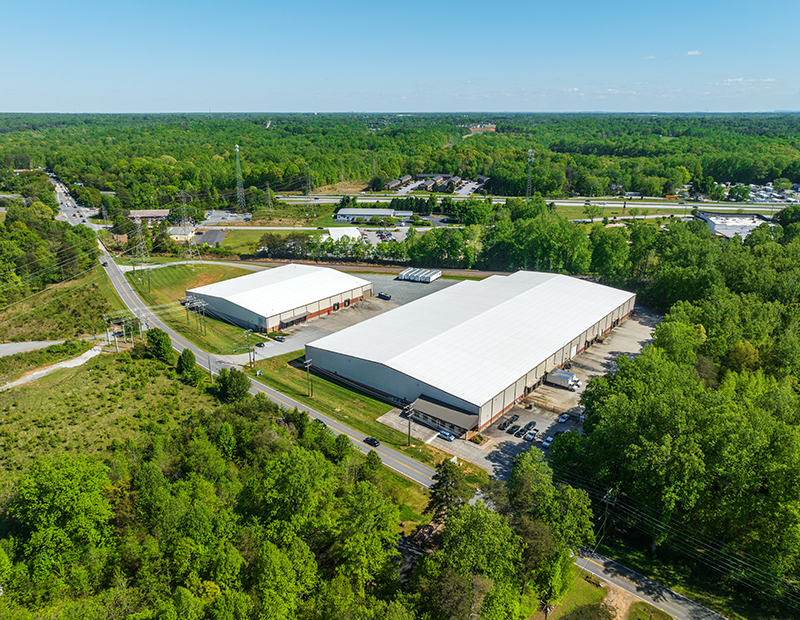
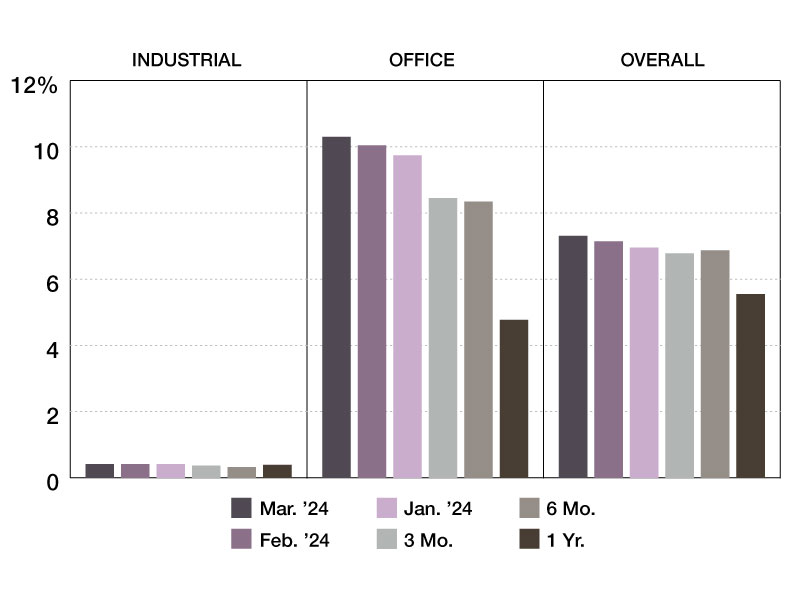
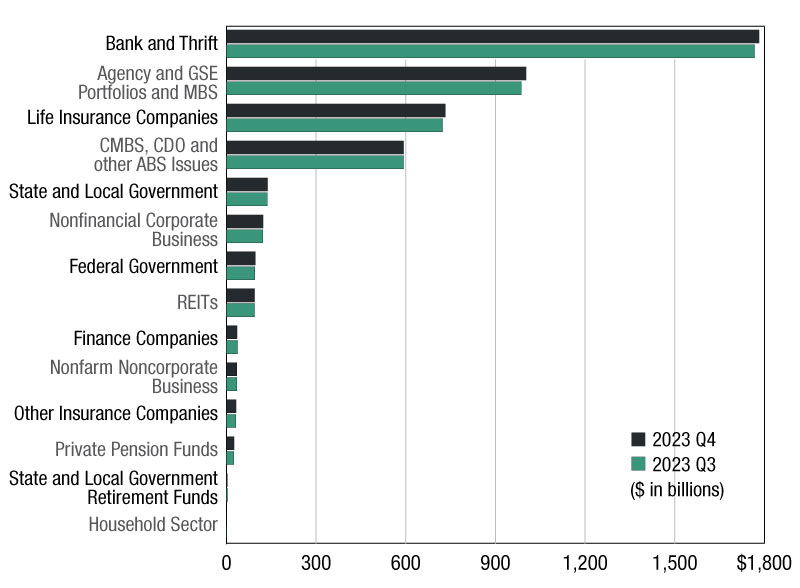
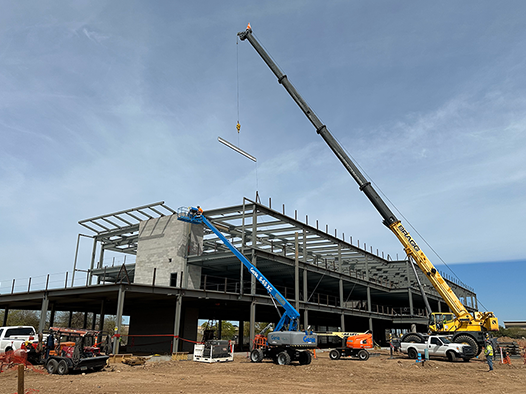
You must be logged in to post a comment.